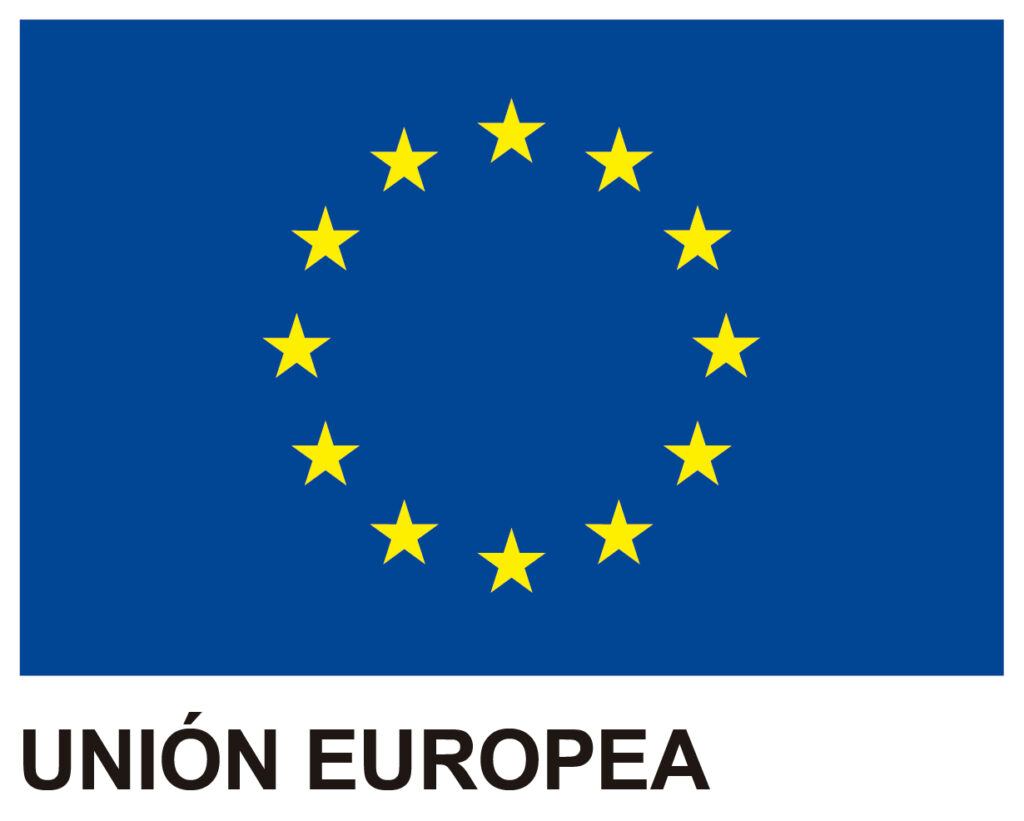ISO 37301 has emerged as a fundamental reference for organizations wishing to establish a culture of compliance. By providing a structured framework for managing risks associated with regulatory non-compliance, this standard becomes a strategic asset for any company.
What is ISO 37301 and why is it Relevant?
ISO 37301 is an international standard that defines the requirements for establishing, implementing, maintaining, and improving a compliance management system. This system aims to ensure that an organization complies with applicable laws, regulations, and codes of conduct or those to which they voluntarily adhere.
Key benefits of ISO 37301 certification:
- Crisis prevention: Proactively identifies and mitigates legal and reputational risks. Helps avoid fines, reputational damage, and financial losses.
- Improved corporate image: Strengthens the trust of related third parties (suppliers, customers, employees, etc.) in the company
- Process optimization: Improves operational efficiency and reduces costs.
- Talent attraction and retention: Creates a work environment based on values and ethics.
Implementation of ISO 37301: A Step-by-Step Approach
The implementation of ISO 37301 requires a systematic approach and active participation from the entire organization. The following steps are fundamental:
- Top management commitment: Leaders must show clear and visible commitment to ethical compliance.
- Context analysis: Identify internal and external factors that may affect the organization’s compliance, such as the regulatory environment, organizational culture, and sector-specific risks.
- Stakeholder identification: Determine who the key stakeholders are (employees, customers, suppliers, regulators, etc.) and their expectations.
- Scope definition: Establish the scope of the compliance management system, defining the processes and activities to be included.
- Policy and procedure development: Create clear and concise documents that describe how compliance will be managed in the organization.
- Risk management: Identify, assess, and treat non-compliance risks through a risk management process.
- Communication and awareness: Disseminate the compliance culture at all levels of the organization through various communication tools.
- Measurement, monitoring, and improvement: Establish key performance indicators (KPIs) to measure progress and conduct internal audits to identify areas for improvement.
The Role of GRC Software in Implementing Management Systems.
GRC (Governance, Risk, and Compliance) software are technological tools that facilitate the implementation and management of ISO 37301. These solutions, among which we can highlight our GlobalSuite software, offer functionalities such as:
- Risk inventory: Identification and classification of compliance risks.
- Risk maps: Visualization of the interrelationships between risks.
- Policy and procedure management: Storage and distribution of documentation.
- Incident management: Recording and tracking of compliance deviations.
- Reports and analysis: Generation of customized reports for decision-making.
- Task automation: Simplification of repetitive processes.
Success stories and common challenges
Numerous organizations worldwide have implemented ISO 37301 and have obtained positive results. Some of the most notable benefits include improved reputation, reduced legal costs, and increased investor confidence.
However, the implementation of ISO 37301 also presents challenges, such as resistance to change, lack of resources, and the need for a strong organizational culture. To overcome these challenges, it is essential to have top management support, effective communication, and adequate employee training.
How Can We Help You?
ISO 37301 is a standard that goes beyond legal compliance. By fostering a culture of ethics and transparency, this standard contributes to building stronger and more competitive organizations. Investing in a compliance management system is a strategic decision that benefits all stakeholders.
Contact us to discover how we can help you strengthen your compliance strategy.



